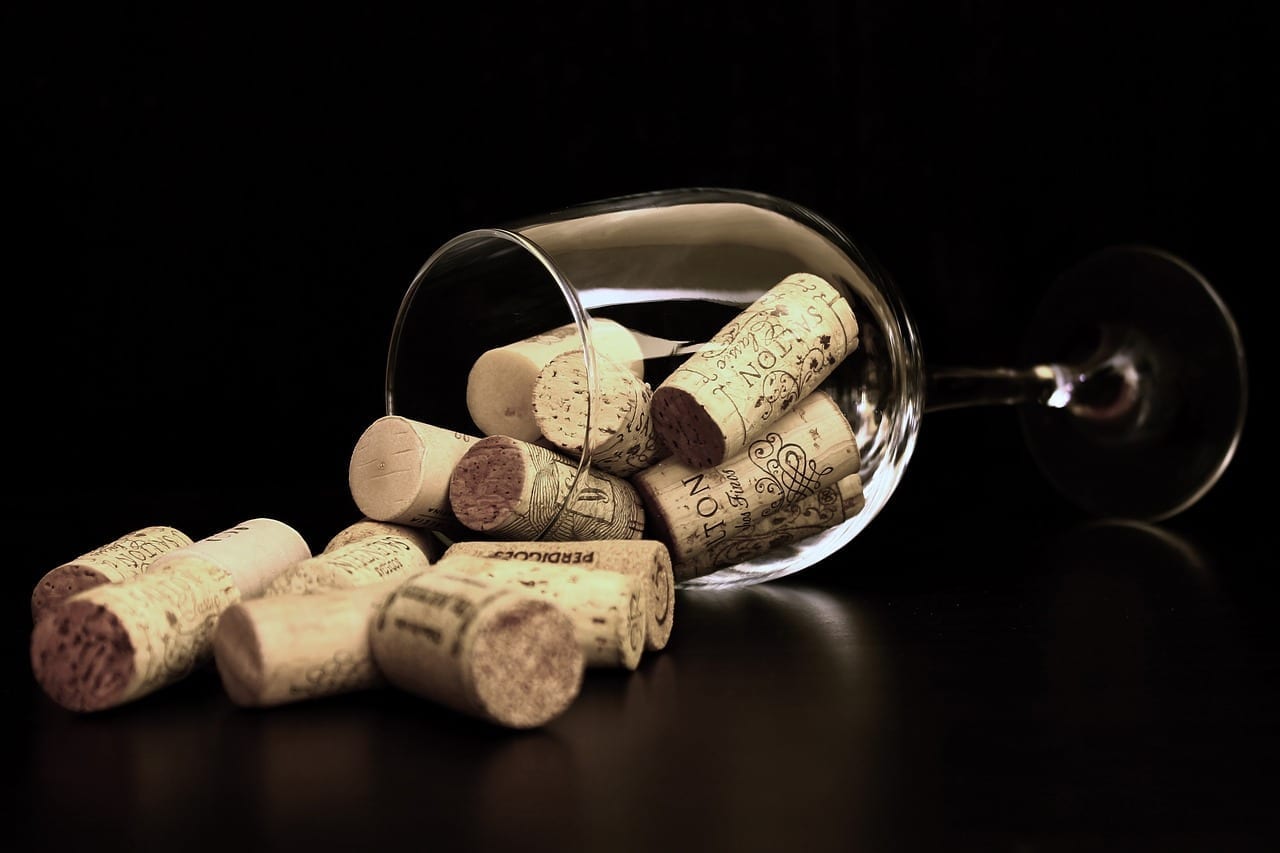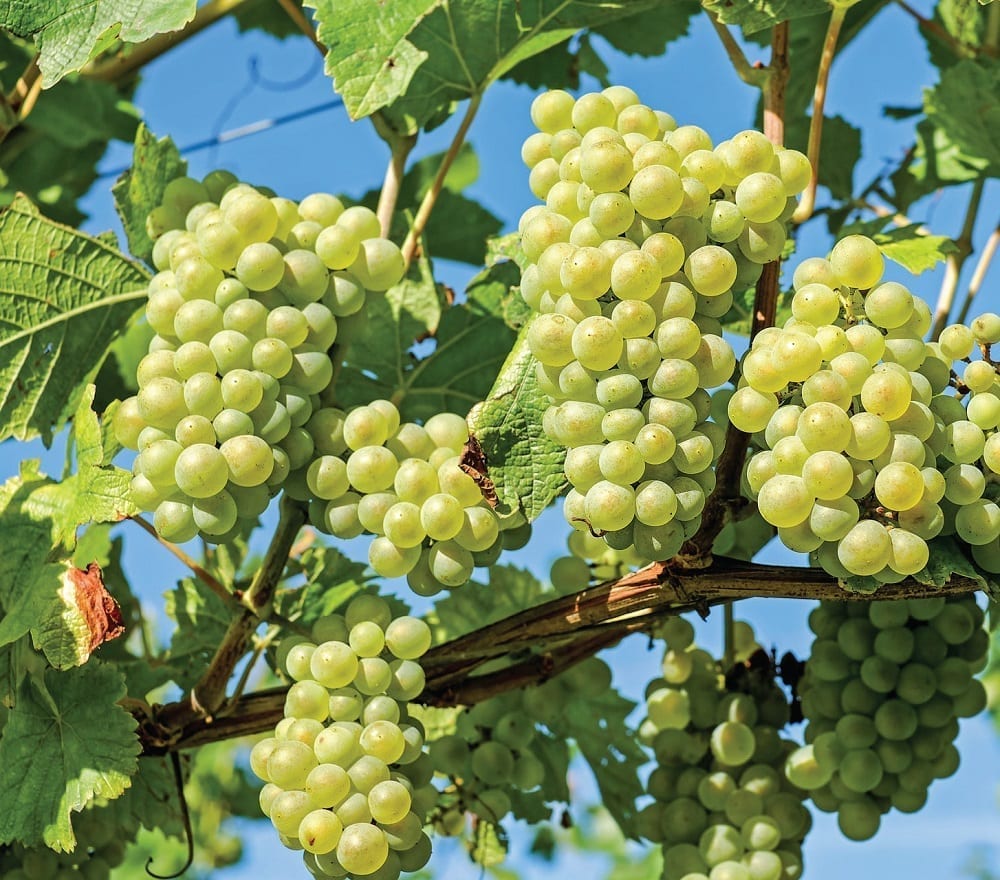Tags: Winemaking. White wines and Red wines. Wine.
THE BRIBIE WINELANDER
No politics this month just wine you will be glad to know but you can now be aware there are elements out there trying their hardest to sour your enjoyment of your favourite beverage.
This month we shall look at the art of winemaking white wines and red wines. Making wine isn’t difficult as it can be made just relying on nature to ferment the sugars within the crushed grape working with yeasts floating around in the air add a bit of warmth and an alcohol beverage is the result, however making very good wine is an art that encompasses everything in the vineyard including the soil and climate in which the vines are grown and the term for this is “Terroir”.
In Australia, the picking of the grapes will usually start in February in the warmer areas such as The Riverland South Australia, The Riverina New South Wales and The Swan Valley in Western Australia. In cooler climates such as The Great Southern Western Australia and Tasmania, it could be April or later before the grapes are picked. In the warmer areas, the vines are watered on a regular basis and in the past, too much water led to cheap wines with little flavour but producing huge quantities, the grapes were machine harvested and were usually put into flagons and casks, however nowadays the vines are irrigated by drip feeding and these regions are producing a lot of very high-quality wines at reasonable prices.
In the cooler area, many wineries have little or no irrigation if they have reliable rainfall and the quantities produced are are a lot less, often from ancient vines that produce less fruit and juice, the grapes being handpicked with intense flavour which contributes to paying a higher price. As the grapes approach the time for picking the winemaker will measure the sugar quantity in grape whilst the fruit is still on the vine so he can measure what the conversion to alcohol will be as each degree of sugar will convert to a degree of alcohol and decide when to pick the grapes.
This is the when things can go wrong because if the weather turns bad whole crops can be ruined as excess rainwater can be absorbed by the grape splitting them and allowing the juice to become oxidised overnight. Once the grapes have been collected the fruit is transported to the winery where it is de-stemmed and the grapes are crushed. With white wine, the juice has little or no skin contact and the yeast is added then transferred to stainless steel tanks for fermentation, a few white wines such as Chardonnay and Semillon will be stored in barrels for additional oak characters to add complexity to the finished wine. Nowadays certain yeast strains have been found to work better with certain grape varieties taking the guesswork out of the final product making sure you get a perfect final product.
With red wines the crushed fruit is left with the skins, this is known as the must, and this is where the colour comes from and the skins are left in contact during the fermentation process which is known as maceration. It is possible to produce a white wine from red grapes by having no skin contact as happens with some sparkling wines especially Champagne where one of the major components are The Pinot Noir grape. Premium red wines are often left in open-top tanks for a couple of days with the skins to extract as much colour as possible, the must is then pressed carefully to extract the juice in the same way as white wine, during fermentation the yeast cells feed on the sugars which produced carbon dioxide and alcohol and temperature plays its part, the carbon dioxide goes off into the atmosphere.

Premium red wines then find their way into barrels of various sizes for whatever the winemaker thinks is the right length of time to produce the style of wine he is trying to achieve, the wine is then filtered, bottled, labelled, packaged and sold, however in the case of Penfolds Grange it will not be released to the market until five years after the grapes were picked.
Rose wines are made from either red grapes which are given the slightest skin contact to give them a blush colour or even blending white wine with red wine. In the cheaper end of the market, red wines will be fermented in stainless steel tanks and oak chips will be added to give the wine complexity, this can also occur with cheaper Chardonnay but if the wine is well made even experts can sometimes be caught out when reviewing the wines. Red and White wines that punch above their weight even though they are often sold below $10 are The Wyndham Estate Range, Bin222 Chardonnay, Bin 444 Cabernet Sauvignon, Bin 555 Shiraz, Bin 888 Cabernet Merlot and 999 Merlot.
These wines are made by Pernod Ricard who also make Jacobs Creek, George Wyndham wines and the excellent Jacobs Creek Reserve range. They also make the St. Helga and St. Hugo wines which are superb for a special occasion.
Another range which frequently is sold for under $10 is the Houghton line range which has recently undergone a label refresh. Alongside the ever-reliable Classic White is their Shiraz which took out the award for the top red at last year’s Perth Wine show and often sells for $7-$10 which is an outstanding value, in fact, all the range represents great buying.
Cheers, Philip Arlidge [email protected]
Benjamin Franklin circa 1700’s
“The discovery of wine is of greater moment than the discovery of a constellation. The universe is too full of stars.”
Basil Fawlty, Fawlty Towers
“I can certainly see you know your wine. Most of the guests who stay here wouldn’t know the difference between a Bordeaux and a Claret”
(Claret was the old-fashioned term the British gave to wines from Bordeaux, well done Basil!)
Other Articles
https://thebribieislander.com.au/winery-awards-and-medals-the-best-wines/
https://thebribieislander.com.au/new-years-new-wines/
